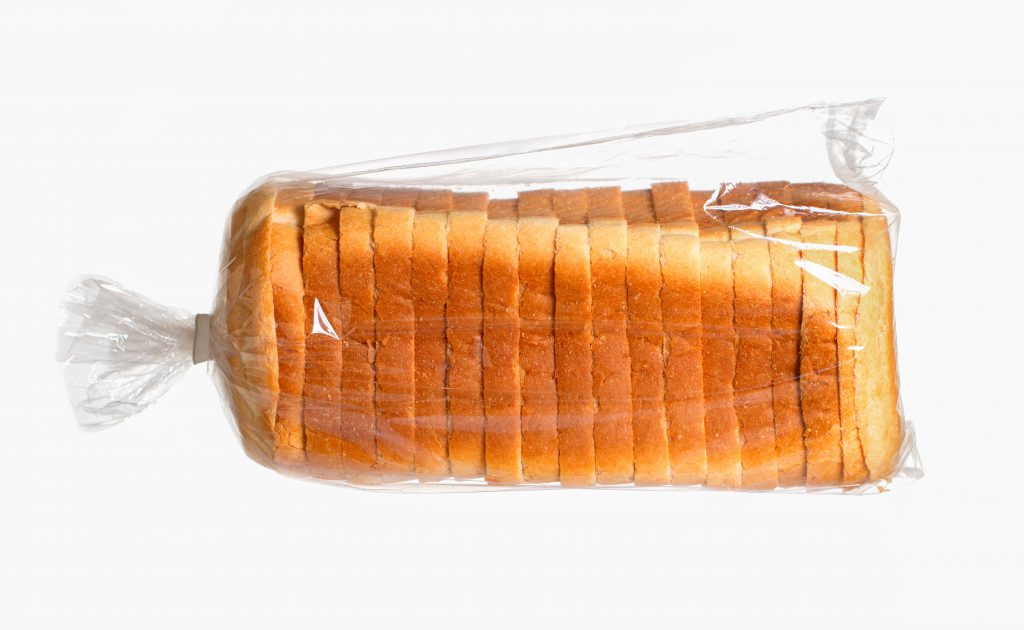Do you have clients with skin issues you just cannot solve? It could be due to an overgrowth of candida in the gut, says Melbourne-based chronic skin expert Makayla Herdman.

Skin expert Makayla Herdman, owner of House of Maxx in Melbourne’s Armadale, gets skin that has hit rock bottom. Normally the client has been everywhere and done everything; sometimes coming up with worse skin issues than they started with.
“It is really sad when you hear about people who have gone to places that just want their money,” says Herdman. “I had a girl who came in with cystic acne and she had been having skin needling for six months.”
Although not against needling per-say (“we do needling because it uses the skin’s own mechanism to produce collagen,” says Herdman), as a corneotherapist using Dermaviduals skincare – a brand well-used to treating skin at the chronic end of the scale – Herdman does take a gentle skincare approach.
“I want to keep the integrity of the stratum corneum at all times,” she says. “We are not about stripping anything back. We are not about peels or microdermabrasion or anything like that – nothing that will leave the skin exposed to the elements. After skin needling, I always use LED straight afterwards to help skin heal; it’s also good for mental health.”
Herdman believes that a change in skincare (particularly when it comes to home care) can go a long way to changing the state of her clients’ skin’s treatment. “You do all your groundwork at home and we will clean up all the bits and pieces in salon that you can’t do at home,” she says. “Home care is more important than coming in here.”

But, when it comes to the House of Maxx skin treatment, topical skincare is only the tip of the proverbial iceberg. Because Herdman believes that what’s happening on the surface is a clear indication of something more sinister going on underneath – all the way down to the gut. And it’s called candida.
Candida, a yeast-like parasitic fungus which lives (often unknowingly) in plague-like proportions in people’s guts, can cause a seemingly myriad of skin issues.
“Candida can present as eczema, rashes, acne, poly-cystic ovarian syndrome, endometriosis – diabetes is strongly related [to candida], as is asthma, sinusitis, hay fever and depressional anxiety,” says Herdman. “It can even be as simple as brain fog, or re-occurring illnesses, dark circles around the eyes – those really swollen, puffy, sore eyes are typical “gut eyes”) – all these things tend to link up and present on the skin.”
According to Herdman, the problem with candida is that it doesn’t stay in the gut. Frighteningly she says it is able to travel. “Candida wraps around your spinal cord and digs into your tissue and goes up to your brain which can give you a general fogginess,” says Herdman. “We get a lot of women who just can’t think.”
And Herdman points the finger firmly at diet.
“It is all diet,” she says. “We put it down to fast food, year round crops, and sugar became a really normal thing in the diet. Sugar is where it all starts; candida needs it to survive. Eat too much sugar and you get a massive imbalance.”
The skin cases that Herdman gets through her doors are usually the people who have been everywhere else. To put it bluntly, they are desperate and, for the most part, are willing to go that extra mile to make changes.
“We have had a lot of people come to us who have been to the dermatologist who has put them on medications for their skin, but medications are not good for the gut,” says Herdman. “No one has ever looked at their diet – we have people with serious health incidences and the doctor has told them that it has nothing to do with food. Of course it has something to do with food. Food can be your worst enemy or your best medicine.”
Getting an unbalanced gut back on track isn’t for the fainthearted thought, and it takes more than just regular facial treatment appointments. Getting things back to zen often means a whole lifestyle change.
“We find out their blood type to give us some sort of indication as to what sort of diet track they should be on and what foods they will be more sensitive to,” says Herdman. “Then we get them to write a food diary. If they crave sugar and carbohydrates – even healthy starch such as sweet potatoes – it is a big indication of candida.”

Even for the committed, coming off sugar isn’t a walk in the park.
“Sugar is an addiction and you feel awful when you come off it,” says Herdman. “When candida starts to die you get candida die-off syndrome, which can mean headaches, nausea; your typical detox symptoms. Cloudy wee is a good sign that candida is dying – it is actually the candida washing out of you.”
Herdman’s passion for this holistic approach comes from personal experiences. “I was anaphylactic since I was three,” says Herdman. “I was allergic to everything.
“It wasn’t until I was sixteen that I found out that I had what is called candida gut overgrowth,” adds Herdman. “We grew up eating well but if was your typical western diet. Things like wholemeal toast with honey for breakfast – that’s sugar and carbs – are things that candida feeds off. I did candida elimination when I was sixteen; I had to go off sugar and I had to go off wheat. I worked with a naturopath who also owned a colonic irrigation place. I got really interested in it.”
Surrounding herself with naturopaths, Chinese herbalists “so that I could learn” and working alongside her mother Jenny Herdman, who trained as nutritionist, Herdman is now the go-to expert for the most chronic of skin issues.
“We treat the skin as an organ,” says Herdman. “When something is presenting on the skin, it is a sign that something is going on inside. Our skin is one of our largest elimination organs; we are not getting rashes for no reason.”
Despite the amazing results that Herdman gets (and can show with her clever Observ camera, which takes six images and “shows us everything from a daylight image, to capillaries, sebum production, water content, and what they will look like in 20 years”), she still gets some clients who can’t commit to the lifestyle overhaul.
“We do get a little bit of resistance and people don’t want to change,” says Herdman. “It’s hard work and you have to commit to it. I know, because I did it; my personal healing was six years.”
So next time you have a hard case walk through your salon doors, perhaps look past the outside and consider what’s going on internally. It might just be a little nasty called candida; get that under control and you could just solve the surface issues.

